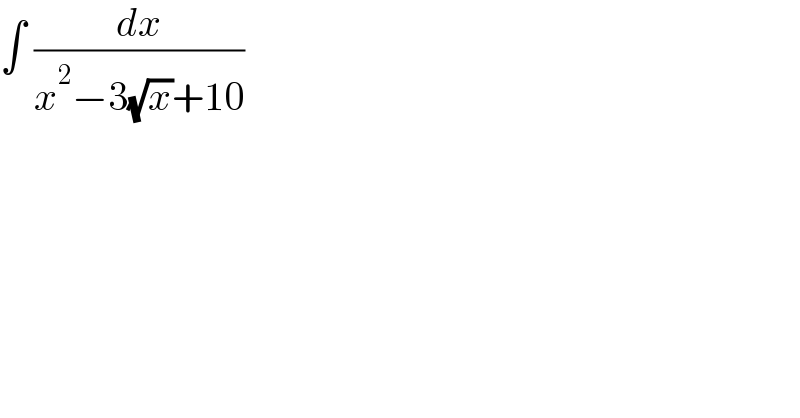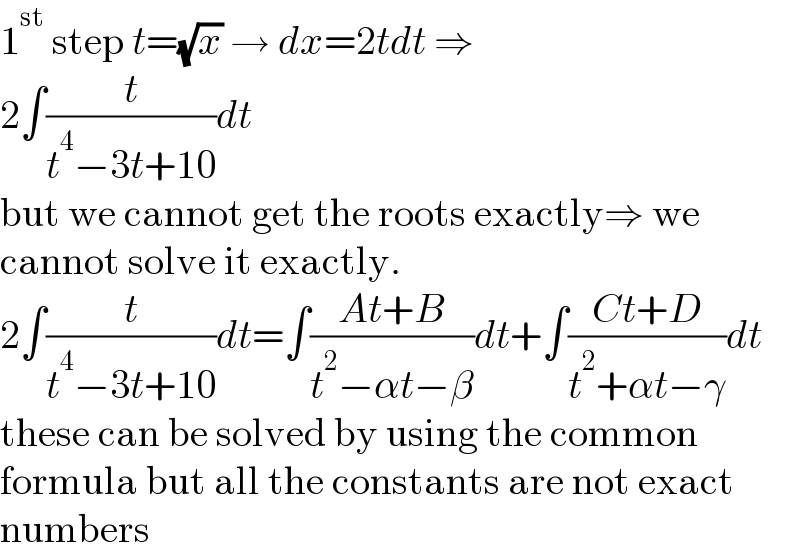
Question and Answers Forum
Question Number 167145 by mkam last updated on 07/Mar/22

Commented by MJS_new last updated on 07/Mar/22

| ||
Question and Answers Forum | ||
Question Number 167145 by mkam last updated on 07/Mar/22 | ||
 | ||
Commented by MJS_new last updated on 07/Mar/22 | ||
 | ||